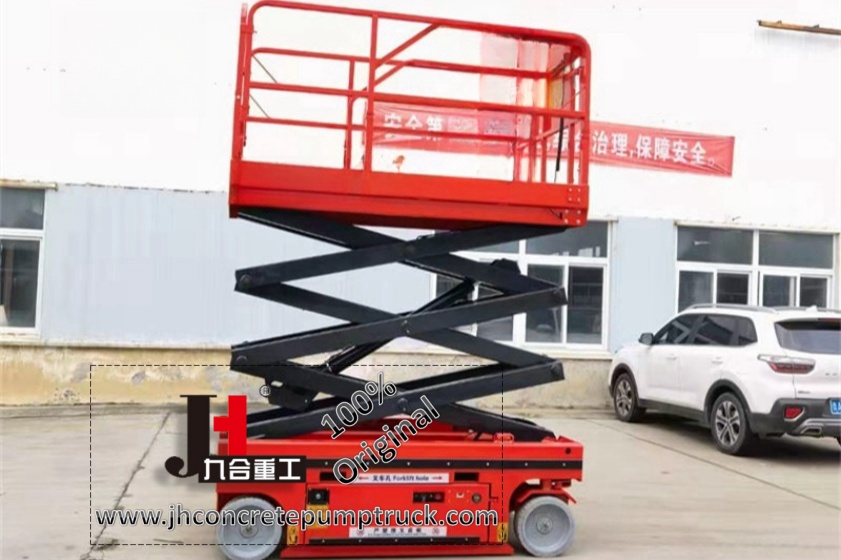News
The lifting structure of hydraulic lift
Sep. 18, 2024
The lifting mechanism of hydraulic lifts, lifting platforms, and lifting cargo elevators is the basic component that enables the goods to be lifted and lowered. This is a mechanism that any lifting machinery and equipment must have. The quality of the lifting mechanism will directly affect the working performance of the entire hydraulic lift. So what are the requirements for the lifting mechanism of the hydraulic lift?
1. Configure safe and reliable protection devices, including height indicators and limit protection, overload protection, over-limit protection, etc. Safety guardrails should be installed on the outside of the rotating parts, and there should be an oil pan under the drum to prevent environmental pollution.
2. The design and selection of the lifting mechanism of the hydraulic lift should comply with the working level or standard regulations specified in the documents.
3. The concentricity of each transmission shaft of the drive device needs to be adjusted, and the positioning pins or wedge-shaped brake blocks are used to position each component on the chassis.
4. Reliable special brakes for lifting platforms are installed on the high-speed shaft and the low-speed shaft.
5. The drive device of the aerial work platform is generally set in the machine room, and each component is installed on a common chassis with sufficient strength and rigidity. The chassis is then fixed to the steel structure of the machine room.
6. Reliable special brakes for lifting platforms are installed on the high-speed shaft and the low-speed shaft. The lifting mechanism is mainly composed of a drive device, a transmission device, a drum, a pulley block, a pick-up device and a brake device. There are three different driving modes for the lifting mechanism:
(1) Hydraulic drive. The hydraulic pump is driven by the prime mover to input the working oil into the actuator (hydraulic cylinder or hydraulic motor) to make the mechanism move. The speed is controlled by controlling the liquid flow input to the actuator.
(2) Internal combustion engine drive. This drive has its own independent energy source and is flexible and suitable for mobile cranes for mobile operations.
(3) Electric motor drive. This is the main driving mode of the lifting mechanism. The mechanical characteristics of the DC motor are suitable for the working requirements of the lifting mechanism and have good speed regulation performance, but it is difficult to obtain a DC power supply.







